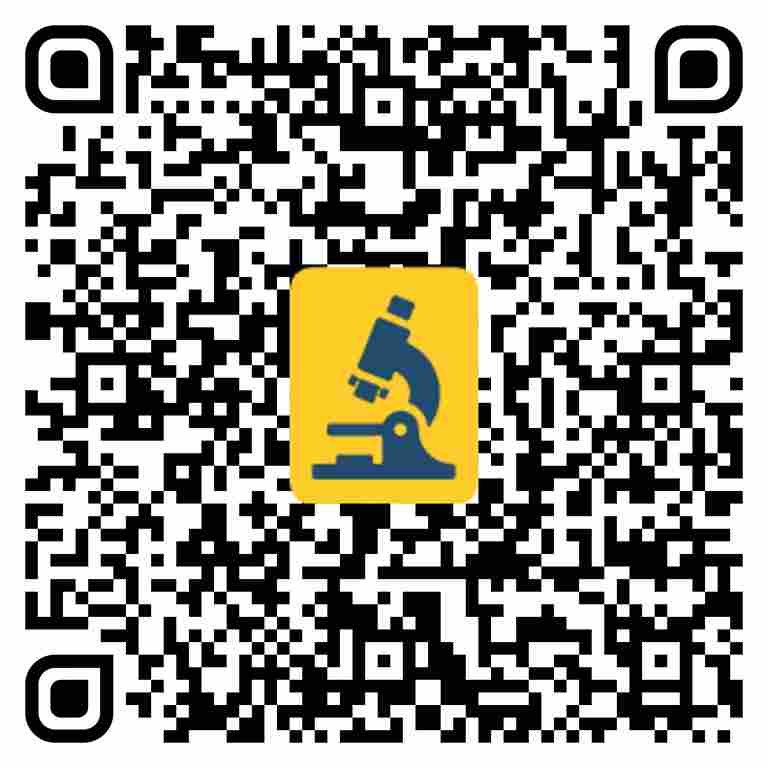Ascites are the accumulation of ascitic fluid in the peritoneal cavity. Ascites can be caused by a variety of disorders, but the most frequent and common one is portal hypertension which is typically caused by liver cirrhosis. Ascites are often not clinically evident until at least 500 mL of fluid is present. When considerable amounts of fluid collect, the abdomen can become bloated and tight, making the patient feel short of breath (due to diaphragmatic splinting).
Ascitic fluid analysis can aid in determining the underlying cause and identifying indicators of infection.
Ascitic Fluid Analysis Overview
Ascites are the accumulation of ascitic fluid in the peritoneal cavity. Ascites can be caused by a variety of disorders, but the most frequent and common one is portal hypertension which is typically caused by liver cirrhosis. Ascites are often not clinically evident until at least 500 mL of fluid is present. When considerable amounts of fluid collect, the abdomen can become bloated and tight, making the patient feel short of breath (due to diaphragmatic splinting).
Ascitic fluid analysis can aid in determining the underlying cause and identifying indicators of infection.
What exactly does Ascitic Fluid Analysis diagnose?
Peritoneal fluid is a lubricating liquid found in the abdominal cavity. It is present in modest amounts (usually 5-20 mL) between the peritoneum layers that line the abdominal wall. Peritoneal fluid moisturises the organs' exteriors and minimises friction during digestion and movement. Several disorders and diseases can cause peritoneal inflammation (peritonitis) and/or excessive peritoneal fluid build-up (peritoneal effusion or ascites). Peritoneal fluid analysis is a series of assays that assess this liquid to determine the origin of the excess fluid. Paracentesis is a test that aids in determining the type of fluid in the peritoneum. It could be exudate or transudate. Transudate is a clear fluid. Exudate is a fluid that contains pus.
Ascites manifest as fluid shifting from side to side or a bulging sensation in the abdomen from side to side. The Ascitic Fluid Test helps to determine the type of fluid collected in the abdomen (colour, turbidity, and presence of blood). It aids in the diagnosis of fluid accumulation.
When to get tested for Ascitic Fluid and what are its symptoms?
When you experience stomach discomfort and swelling, nausea, and/or fever, and your doctor suspects you have peritonitis or ascites. Ascitic fluid, peritoneal tap, and abdominal paracentesis are all indications for the test.
- The patient with unexplained ascites receives an abdominal tap.
- To alleviate intraabdominal pressure, an abdominal tap is performed.
- To determine whether the ascites are benign or malignant.
- An abdominal tap can help distinguish between a medical and surgical abdomen.
- Abdominal fluid can be Transudate or Exudate.
- Abdominal fluid is extracted for diagnostic and therapeutic purposes.
- Infectious diseases caused by viruses, bacteria, or fungi; infections may begin in the peritoneum as a result of an appendix rupture, intestinal or abdominal wall perforation, contamination during surgery, or an infection from elsewhere in the body that has spread to the peritoneum.
- Inflammatory disorders include peritonitis caused by specific chemicals, irradiation, and, in rare cases, an autoimmune disorder.
- Malignancies such as mesothelioma, liver tumours (hepatoma), lymphoma, and metastatic cancer
- Pancreatitis can occur as a result of certain medicines, infections, obstructions, or circulating lipids (fats)
How Ascitic Fluid Analysis is conducted?
First, you have to get ready for the test. Inform your provider if you:
- If you using any medications (Including herbal remedies)
- If you allergic to any medications or numbing agents
- If you have any bleeding issues
- If you are expecting or intend to get pregnant
Ascitic Fluid Analysis Test procedure
A needle and syringe are used to extract a fluid sample from the peritoneal space. Ultrasound is frequently used to guide the needle to the fluid. A little portion of your tummy will be cleaned and numb by the doctor (abdomen). A needle is placed through your abdomen's skin, and a fluid sample is extracted. The fluid is collected in a tube (syringe) attached to the needle's tip.
The fluid is submitted to a lab to be studied. The fluid will be examined to see what it contains.:
- Albumin\Protein
- Red and white blood cell counts
- Bacteria and other sorts of infection will also be tested for.
The following tests can also be performed:
- The enzyme alkaline phosphatase
- Amylase Cytology (aspects of appearance)
- Cytology (appearance of cells)
- Glucose\LDH
How to understand Ascitic Fluid Analysis test results?
The colour and physical characteristics of the Ascitic Fluid Test can tell you the following: A peritoneal fluid sample's natural appearance is straw-coloured and transparent. Abnormal appearances may provide hints to the presence of illnesses or diseases, and may include:
- Normal colour- Clear and pale yellow
- Milky - Tuberculosis, Malignant Cancer, Lymphoma Bloody - Malignant Cancer,Haemorrhagic Pancreatitis
- Cloudy - Bowel perforation, Pancreatitis, Bacterial Peritonitis
- Clear - Cirrhosis of the Liver
- The Ascitic Fluid Test counts albumin, protein, red and white blood cells, and platelets.
Serum ascitic albumin gradient (SAAG) evaluation
The serum ascitic albumin gradient (SAAG) monitors portal pressure indirectly and can be
used to evaluate whether ascites is caused by portal hypertension.
SAAG = (serum albumin) – (ascitic fluid albumin)
A high SAAG concentration (>1.1g/dL) indicates that the ascitic fluid is a transudate.
Reasons for a High SAAG
A high SAAG (transudate) level indicates the existence of portal hypertension, which could be caused by:
- Cirrhosis
- Failure of the liver
- Occlusion of the vena cava (e.g. Budd Chiari syndrome)
- Hepatic fulminant failure
- Hepatic hepatitis caused by alcohol
- Malnutrition in Kwashiorkor
A low SAAG level (1.1g/dL) indicates that the ascitic fluid is an exudate.
Reasons for a Low SAAG
The following are some of the causes of a low SAAG (i.e., exudate):
- Malignancy
- Infection
- Pancreatitis
- The renal syndrome
Biochemical analysis
This study of ascitic fluid can provide significant information that might help narrow the differential diagnosis. The table below summarises the common patterns of biochemical findings that are associated with certain underlying disease processes.
- Amylase - Perforation of the gastrointestinal tract and pancreatitis
- Glucose- Reduced TB peritonitis and malignancy
- The enzyme alkaline phosphatase- Perforation of the gastrointestinal tract has increased.
- CEA is used to treat gastrointestinal cancer
- CA 125 – To check ovarian cancer
- Creatinine/blood urea nitrogen ratio - Urinary bladder ruptured and punctured
Chemical testing
Tests that may be conducted in addition to albumin include:
- Glucose—normally around the same as blood glucose levels; may be lower with infection
- Amylase—increased with pancreatitis Tumour markers—to determine the kind of malignancy
Microscopic inspection
It may be conducted if infection or malignancy is suspected; normal peritoneal fluid contains few WBCs but no RBCs or microorganisms. The following are possible outcomes of an evaluation of the many types of cells present:
- WBC differential: WBCs >500/mm 3 . Gram stain and culture for bacterial peritonitis and cirrhosis. Peritonitis caused by bacteria. TB peritonitis with an acid-fast stain.
- Cytology
- Total cell count
Infectious disease tests - If an infection is suspected, tests to screen for bacteria may be conducted.



 NABL approved
NABL approved  Most Trusted by
Most Trusted by  Accuracy &
Accuracy &  Widest Range
Widest Range 














